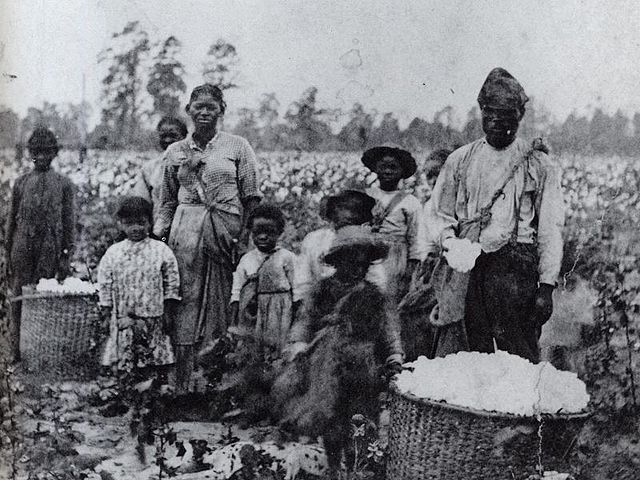The Antebellum South era was a period in the history of the Southern United States that extended from the conclusion of the War of 1812 to the start of the American Civil War in 1861. This era was marked by the prevalent practice of slavery and the associated societal norms it cultivated. Over the course of this period, Southern leaders underwent a transformation in their perspective on slavery. Initially regarded as an awkward and temporary institution, it gradually evolved into a defended concept, with proponents arguing for its positive merits, while simultaneously vehemently opposing the burgeoning abolitionist movement.
There were just over 3.2 million slaves in the U.S. in 1850, about 14% of the total population.
Origins of the American Civil War
A consensus of historians who address the origins of the American Civil War agree that the preservation of the institution of slavery was the principal aim of the eleven Southern states that declared their secession from the United States and united to form the Confederate States of America. However, while historians in the 21st century agree on the centrality of slavery in the conflict, they disagree sharply on which aspects of this conflict were most important, and on the North's reasons for refusing to allow the Southern states to secede. Proponents of the pseudo-historical Lost Cause ideology have denied that slavery was the principal cause of the secession, a view that has been disproven by the overwhelming historical evidence against it, notably the seceding states' own secession documents.
Bombardment of Fort Sumter, image by Currier and Ives
President Andrew Jackson viewed South Carolina's attempts to nullify the tariffs of 1828 and 1832 as being tantamount to treason.
Picking cotton in Georgia
Slaves working in the fields, on the Confederate $100 bill, 1862–63. On the left is John C. Calhoun, on the right Columbia.





